Capital:
Kuching
Currency
Ringgit
Best time to visit:
Here, abundant rainfall is recorded from November to mid-February, which is why almost all hotels close during this period.
In a word:
Hi (helo)
Vaccines
Malaria is absent in urban areas and coastal areas but is present in several areas of Borneo. Dengue is present: taking the necessary precautions to avoid being bitten by mosquitoes.
Warnings:
- In the jungle, wear long sleeved clothing and long pants (made of cotton) and high boots to protect your ankles from leeches and insect bites and stings.
At the table:
Eat in the hawker centers (lively covered markets with stalls offering Malaysian, Indian, Chinese and Indonesian specialties. Be careful because the foods can be spicy. Instead of sweets: discover tropical fruits such as rambutan, dragon fruit and - for the more adventurous palates - durian.
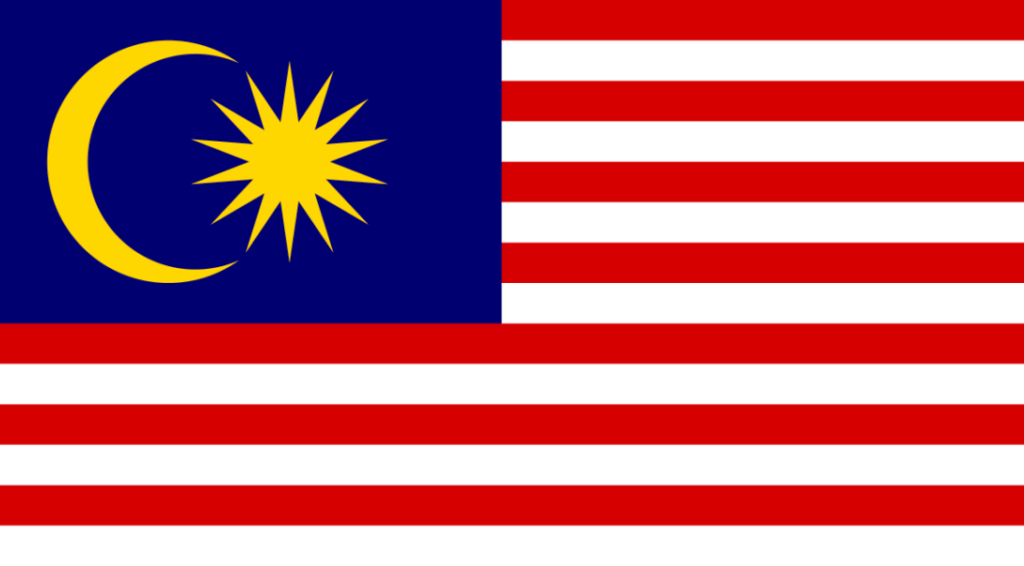
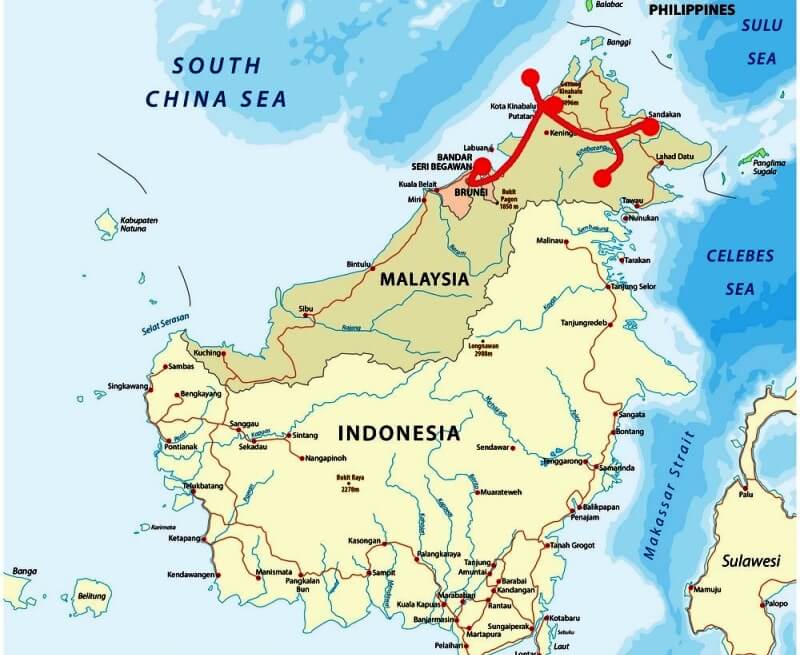
Essential experiences:
Visit to the orangutans hosted by the fantastic Sepilok Orang-Utan Rehabilitation Center; Swim along the fabulous white beaches of the Manukan Islands where, at the right time, turtles can also be seen laying their eggs; Trek to Mount Kinabalu, the highest in all of Borneo at 4095 meters.
The single word Borneo is enough to evoke images of exotic wonders of all kinds: from Sandokan by Salgari and Le tigers by Mompracem, passing through an impenetrable jungle where you will see orangutans dancing among the lianas, the peaks of green mountains enveloped by the tropical fog of the alba, remote islands inhabited by the descendants of headhunters, pristine rivers flow in ancient rainforests, the magnificent seabed of Sipadan or Manukan Island.
In the eyes of many travelers, Borneo still seems a particularly inaccessible territory. Today it is possible to reach the island from most of Asia with low-cost and moderate-cost airlines, flying to some small towns in the region and from here setting out for excursions to discover this very special area. Just as we did with a comfortable and cheap flight of the much loved Air Asia from Kuala Lumpur to Sandakan, where our exploration of Malaysian Borneo will begin.
Separated from the Malay Peninsula by the South China Sea, the two states of Sarawak and Sabah form Malaysian Borneo.
Sabah is a nature lover's paradise located in the shadow of the majestic granite mountain of Kinabalu which, with its 4095 meters of height, dominates the north of the island. In this amazing state, you can watch turtle eggs hatch in Turtle Islands National Park and see baby orangutans at Sepilok Orangutan Rehabilitation Center and marvel at curious proboscis monkeys on a safari in the wild Kinabatangan River.
Diving is also a wonderful attraction: in Palau Sipadan you can swim with turtles, sharks and barracudas and admire the coral reefs.
From a cultural point of view, in Sabah, you will find a true heritage of tribal ethnic groups that never came into contact with the outside world before the arrival of Europeans in the 19th century. The Kadazan and Dusun tribes make up Sabah's largest indigenous group, followed by the Murut and Bajau, known in Borneo as the sea gypsies.
Sarawak, on the other hand, is the larger of the two states and also the more developed. Here crystalline rivers flow down from the jungle-covered mountains, inhabited in the most remote and unspoiled areas by indigenous groups.
Visitors to this region are sure to come to its attractive capital Kuching, where you can visit the traditional Iban and Bidayuh tribal dwellings, known as longhouses.
We always moved using the practical, cheap and comfortable local buses, except on some occasions that, by necessity, we had to hitchhike! In this reportage we focused only on the Sabah region, postponing Sarawak to a next visit and this is our recommended itinerary for a ten-day trip to Sabah!
Our suggested itinerary (10 days) | |
two days: | Sandakan, Sepilok (visit orangutans) |
four days: | Kota Kinabalu, Manukan Island |
three days: | Palau Sipadan |
one day: | flight to: Bandar Seri Begawan, Kuala Lumpur, Singapore etc. |
The humidity is 97% so it is quite tiring to move without getting soaked in sweat, you feel lazy and sluggish, this is the classic tropical climate that goes perfectly with this place!
Sandakan is still far from mass tourism and people are happy to see tourists around, we often get stopped just to be asked: "Hi, how are you?"
The atmosphere is very characteristic and recalls that of a distant city of pirates and sailors where something rarely happens!
Sepilok is a very important reserve for orangutans, here, these cute animals, so similar to humans in their features and ways of doing, are welcomed, cared for and released! The center is located 25 km from Sandakan and protects orangutans, especially orphans and those rescued from captivity, being an endemic species of Borneo but unfortunately also endangered.
Nature, in this area of the world, shows us its truest face, the somewhat prehistoric and primordial one, and many animals, insects, birds and plants never seen before find an easy life.
We walk along the green road and walk about 2.5 km to find ourselves in a sort of nature reserve. You can turn around 360 ° and see only plants and flowers, the eyes range from fiery red, to penetrating purple, to bright yellow, to warm orange ...
At one point I see in front of me an orangutan mother with her baby, they are only two meters away. I have goosebumps ... we would have been half an hour at that microscopic distance to admire these "men of the forest", this is the Malay translation of "orang utan".
The mother took care of her little one with touching attention. They exchanged cuddles and kisses. Incredible.
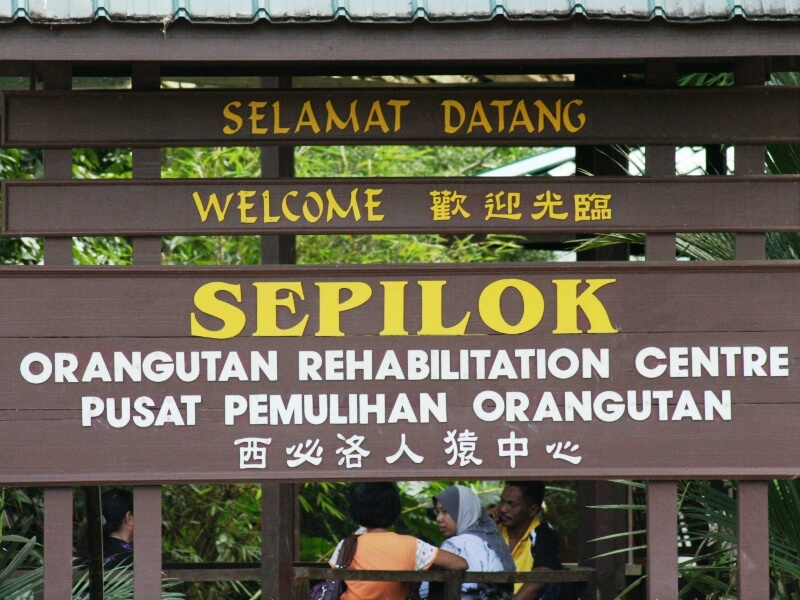
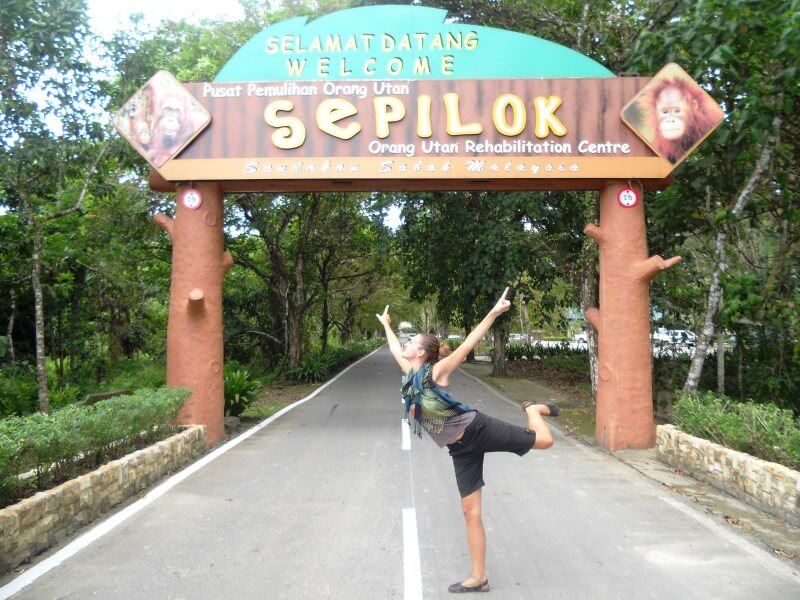
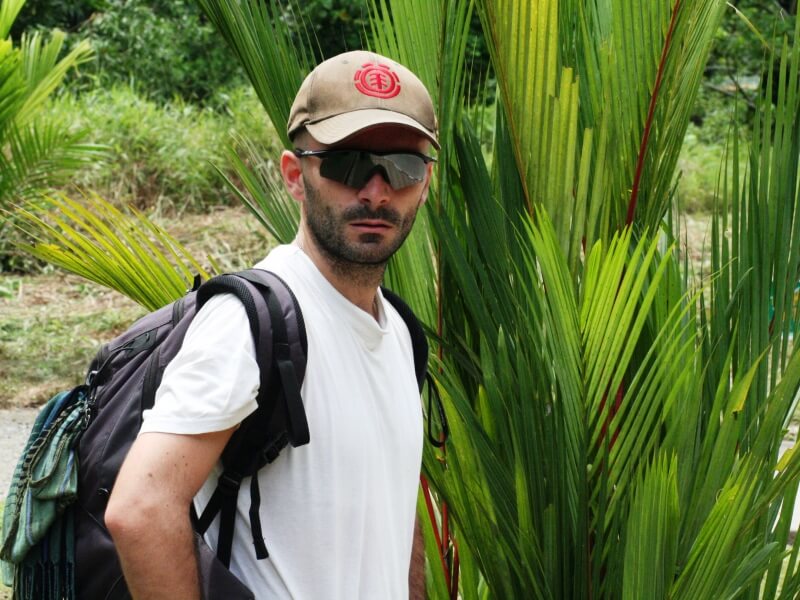


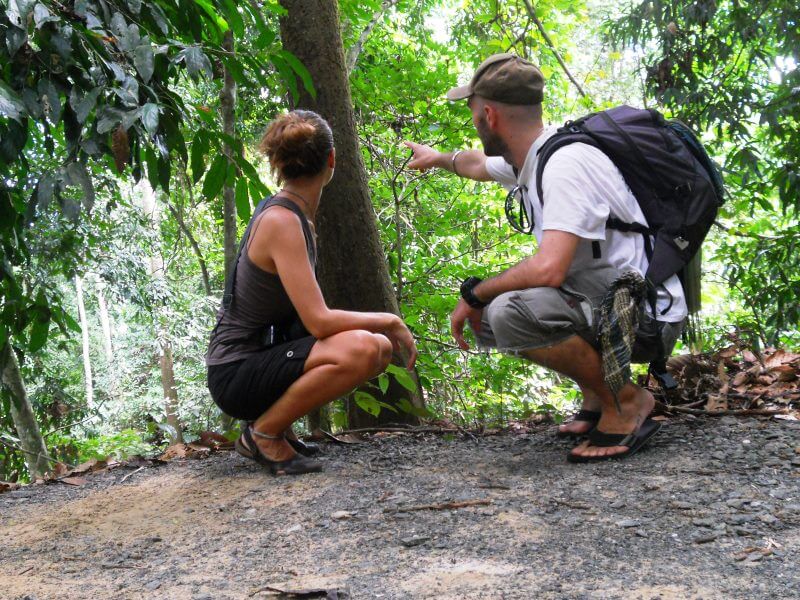
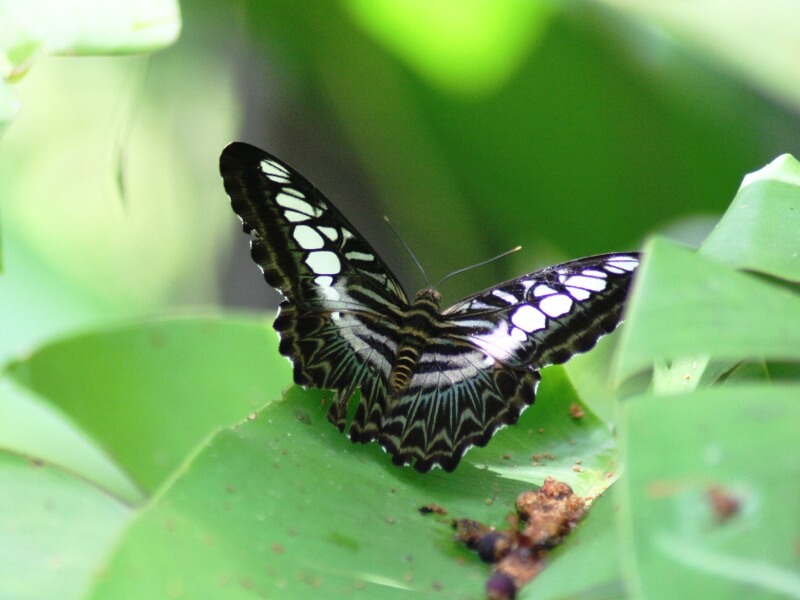
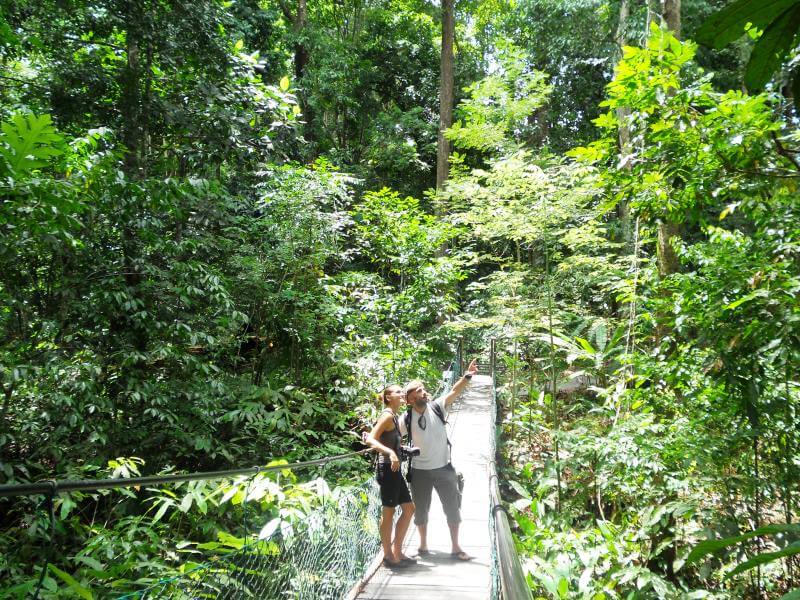
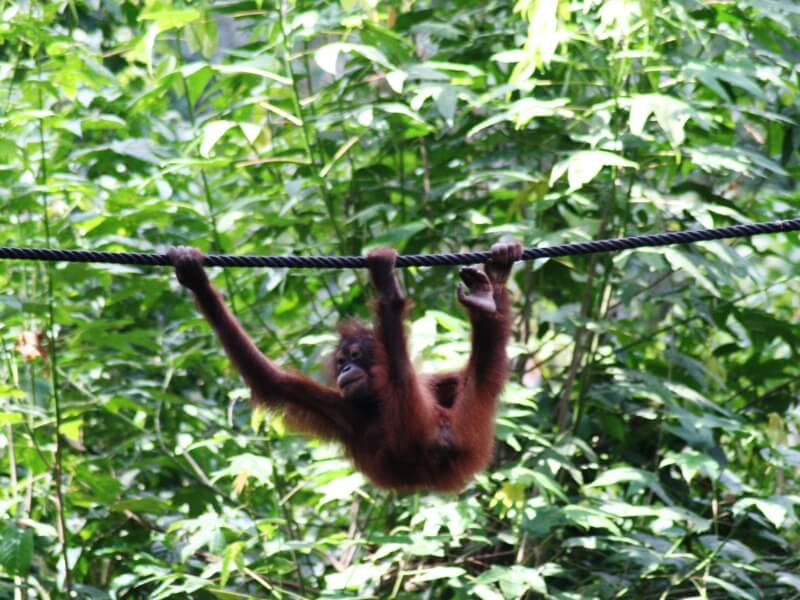
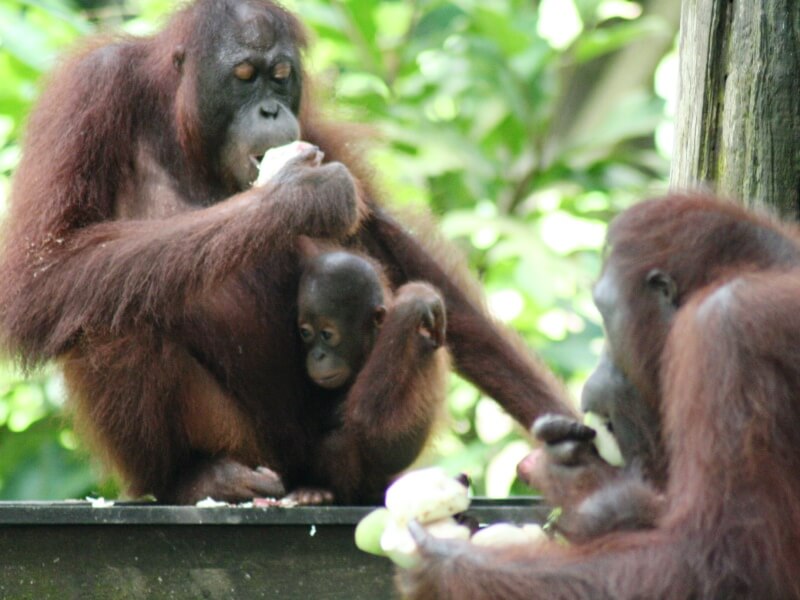
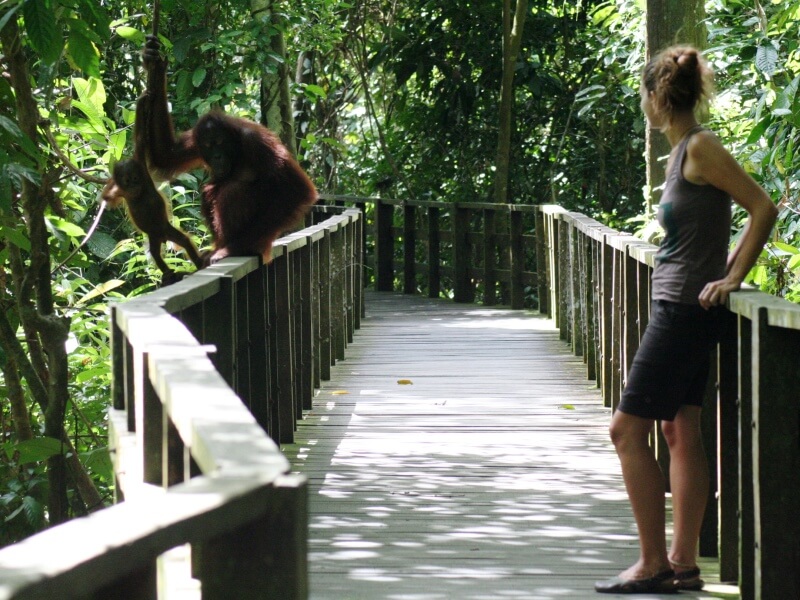
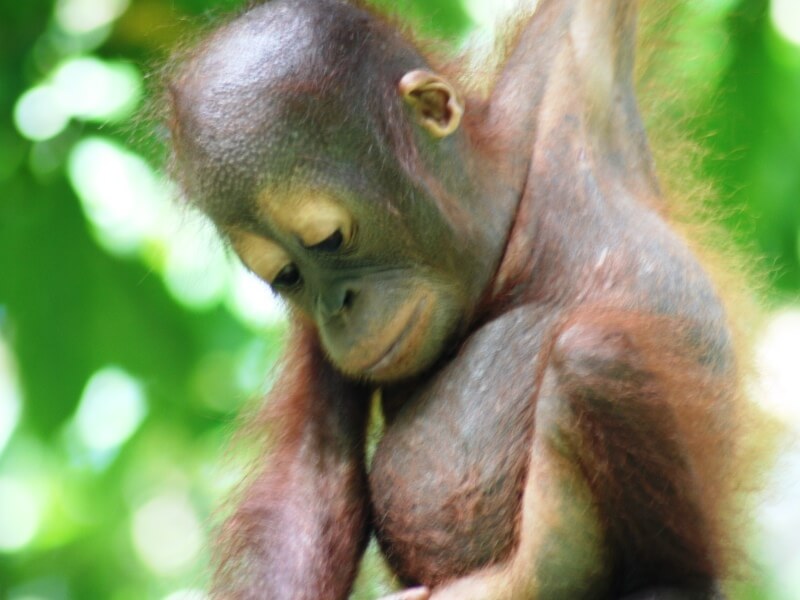
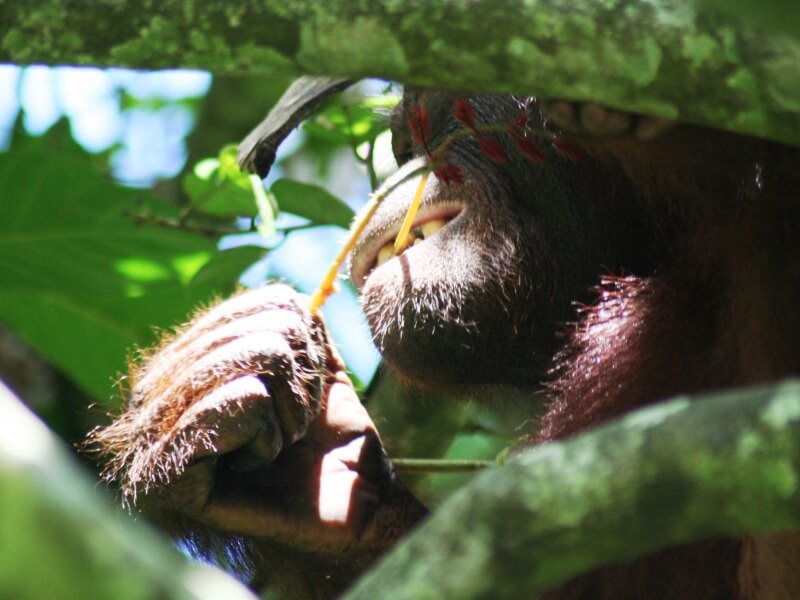
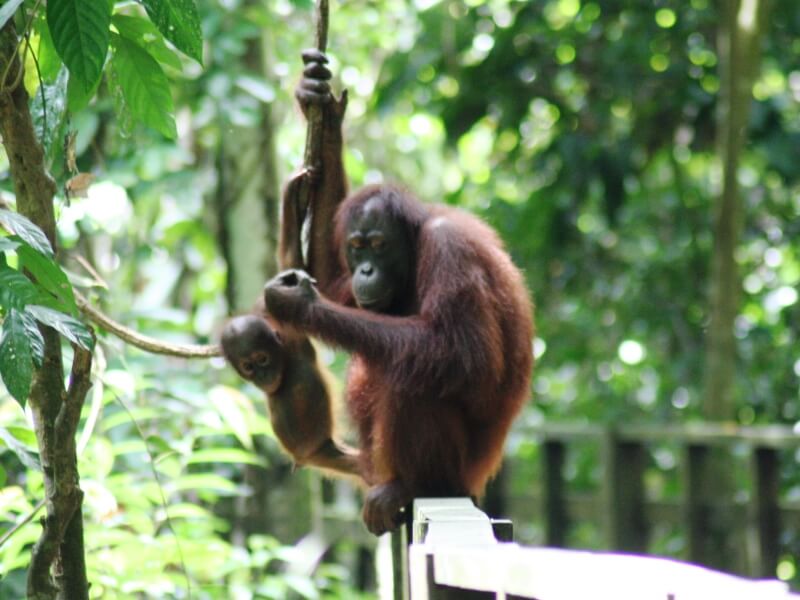
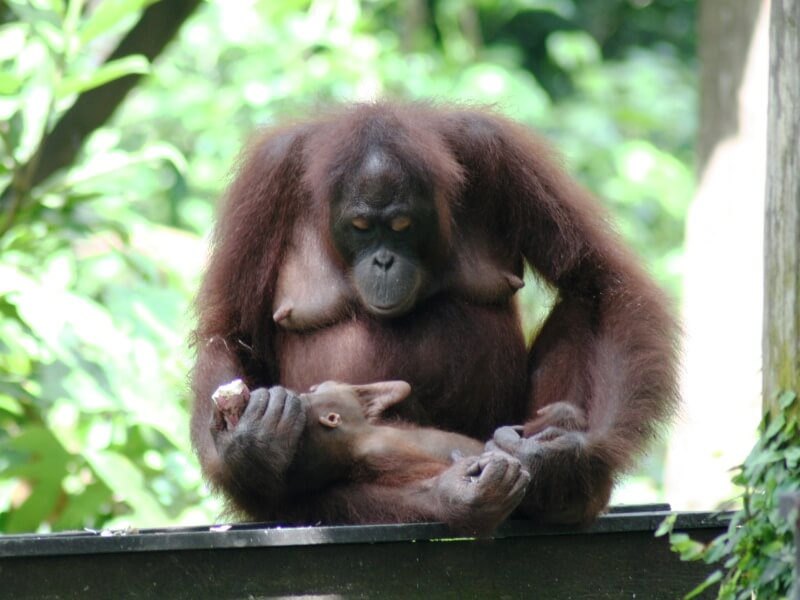
Time to go back to town! After waiting for almost two hours in vain for the arrival of our public bus, we decide to set out on foot while we hitchhike ... along the road we are loaded by a construction truck to the main junction.
After about 10 minutes we sit on a bus with very loud music, fish in the middle of the central passage, even sharks, and so many people that at a certain point the driver didn't let anyone get on!
We conclude the evening with a dinner on the rocks as the sun sets romantically ...
Moving deeper and deeper into this wild Borneo, after eight hours of travel we reach the city of Kota Kinabalu.
Along the way I am enchanted by this luxuriant and impenetrable nature.
It is strange to realize that we were traveling the only asphalt strip inside the forest: into the wild.
On the sides only tall palm trees with imposing trunks and bushes that filled the whole jungle underneath.
Kota Kinabalu is much bigger and more touristy than the lazy Sandakan and everything here costs twice as much ... we struggle enough to find a hotel within our reach also because we would like to spend a few days here ...
This is the capital of Sabah, a city that gravitates around its port and food markets, among the most beautiful seen in this part of the world.
In the city there are not many things to see, my advice is, after taking a walk on the pedestrian boulevard in the center, full of restaurants and shops, to concentrate on the seashore and the markets that overlook here. Every day on the shore there is an immense and labyrinthine market: Central Market, open every day from 6 to 18 and which includes a truly splendid fish market. Then there is the Handicraft Market, from 7 to about 20, also called Filipino Market due to the nationality of many sellers. Finally, around sunset time there is the huge evening food market, from 5 to 11 pm, a must for the wide selection of fresh fish chosen and prepared in front of you.
Today we decide to visit one of the largest and most picturesque mosques in Sabah: Likas Mosque, a floating mosque, a beautiful subject for our cameras, a bit sparse inside ... and we organize the day trip to the wonderful Manukan Island tomorrow! During a trip you must always carve out a little relaxing break!
Day trip from Kota Kinabalu!
By boat we reach the wonderful islet of Manukan: a true paradise!
As soon as we arrive we are greeted by a myriad of colorful fish.
It's fun to feed them small pieces of dry bread ... they are an infinity: silver, yellow, white and black rhombus, elongated yellow and blue, turquoise with fuchsia shades.
A day dedicated to healthier relaxation while admiring, for the umpteenth time, the undisputed beauty of Mother Nature.
We return to Kota Kinabalu ready to leave the Sabah Region for Sarawak to immerse ourselves in the busy life of its capital: Kuching, admire the traditional Iban and Biayuh tribal dwellings, so-called longhouses…. but this is another story!
Error: No feed found.
Please go to the Instagram Feed settings page to create a feed.